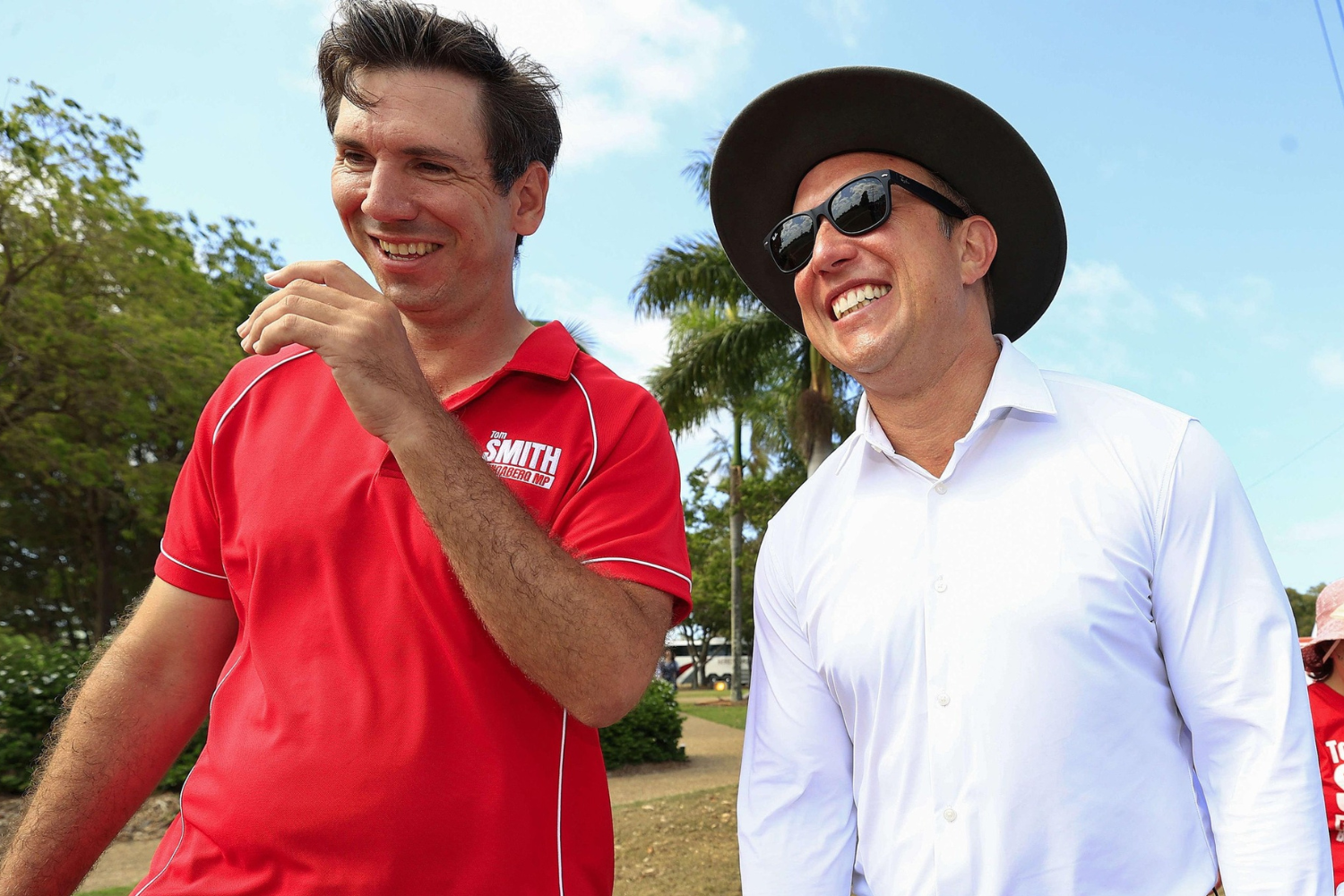The Inside Word

Re-engaging Regional Queensland
There will be many explanations provided for why Labor lost the Queensland election, including the difficulties in securing a fourth consecutive term in government and a perception that the issues of law and order and hospital ramping remain unresolved, to name just a few. I suspect it’s a combination of all of the above.
As an observer of politics, one of the key takeaways from the Queensland election for me was the electoral response from Queenslanders living outside of Brisbane. The size of the swings in regional Queensland seats for a party founded in the bush was significant.
Some of the swings recorded were Mulgrave +17%, Mackay +15%, Gladstone +14%, Keppel, Maryborough, Thuringowa and Mundingburra +12%. Labor now holds just a handful of seats outside of Brisbane. For a party where Labor tradition credits the founding of Queensland Labor to a meeting of striking pastoral workers under a ghost gum tree (the Tree of Knowledge) in Barcaldine, Queensland in 1891, this will be hard to reconcile.
For the party to be successful in 2028, they will need to find a way to reconnect with regional Queenslanders. Particularly in seats like Maryborough that have swung back to the LNP even though the Labor government invested significantly in the new Queensland train manufacturing facilities at Torbanlea.
The two key sectors in regional Queensland are agriculture and mining. Having a Brisbane city-based Minister for Agriculture rather than someone from the regions (think Tim Mulherin from Mackay) is probably not serving the party’s chances in the broader Queensland context.
But the decision by the Labor government to increase coal royalties without first seriously consulting with the sector has in part resulted in big swings in regional seats like Mackay, Rockhampton, Mirani, Keppel and Gladstone; with the Labor stronghold seats of Mackay and Rockhampton for the first time in history going to the LNP. These are all Central Queensland seats with a large concentration of coal industry workers. Even the Central Queensland LNP seat of Gregory got a swing to the LNP of almost 5%. Not surprising really, given that it includes the Local Government Area of Isaac which has more than 3030 coal industry employees.
State Labor will need to find a way to bridge the city-country divide and, importantly, address their poor treatment of the coal industry. It’s very apparent from the sector’s perspective yet it continues. Voters certainly don’t differentiate between metallurgical coal (used in the production of steel) and thermal coal (used in the production of electricity) – they just know that it provides Qld regional communities with thousands of jobs and more than $71.8 billion in export revenue. Add to this the perception in regional Queensland that coal royalties are mostly benefiting Brisbane voters (think 50c public transport fares) only adds to this divide.
Labor won a swag of seats in regional Queensland during the Covid election in 2020, in part because of their message ‘we will keep you safe’ which resonated with those communities. Now many of those communities have gone back to the LNP.
That said, there is a view that Labor hasn’t exactly ignored regional Queensland. Labor held nine Community Cabinet meetings in 2024 in Cairns, Rockhampton, Mackay, Bundaberg, Gold Coast, Moreton Bay, Townsville, Sunshine Coast and Redlands and they have invested significantly in health and community infrastructure in major regional cities like Rockhampton, Townsville, Mackay and Gladstone.
Further, I think it’s important to acknowledge the effort put in by former Premier Steven Miles to engage with both the agriculture and resources sectors since becoming Premier. He recently spoke at the Rural Press Club of Queensland, a major ag forum in Brisbane, held during the election campaign. He also attended the Future Resource event in July hosted by the Courier Mail.
However, as one of my colleagues recently pointed out, Labor can’t win a state election without also winning in regional Queensland. Cool heads in the party will understand this and should hopefully start to put together a plan to rebuild their appeal in the regions.
Following the NSW state election in March 2023, NSW Labor conducted an analysis of the promises they made in non-held seats to ensure they would be delivered – that’s just smart politics and part of rebuilding. Perhaps it’s time for Queensland Labor to reactivate Country Labor.
There are quality Labor MPs in Queensland that are deeply connected to regional Queensland – think Senators Anthony Chisholm and Murray Watt. Add to that, of those regional state MPs that held their seats, Glenn Butcher in Gladstone, and Tom Smith in Bundaberg, someone should seek to understand what Tom has been doing for the last four years because it clearly works. Tom managed to hold on to his seat of Bundaberg, the most marginal seat in the state on a margin of less than 1%, against a 6% statewide swing to the LNP.
I know the challenge of winning back support in the bush will be considered in the wider context of holding seats in Brisbane, but it has to be done. Making it more difficult will be the prospect of optional preferential voting for the next election. That’s a serious journey the party now needs to embark on for the next four years.


